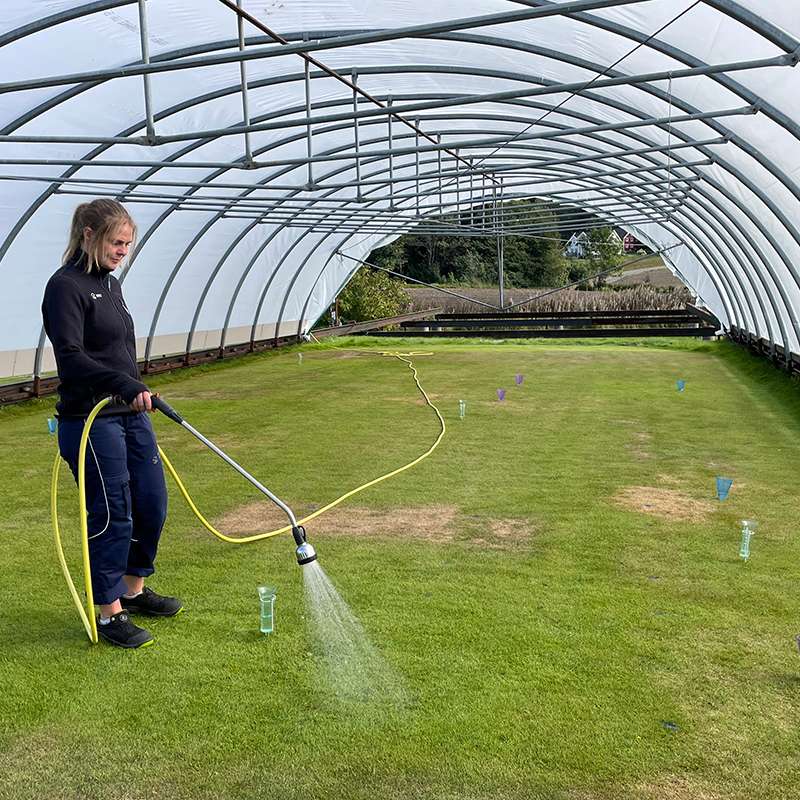Anne Friederike Borchert
Forsker
Sammendrag
Jordens fysiske egenskaper ble studert på to golfbaner der enten små, lette robotklippere eller store, tunge tradisjonelle gressklippere hadde vært brukt i fire til fem år. På begge banene var jorda mindre komprimert der det var brukt robotklippere sammenlignet med der de store maskinene var brukt, men fordi innledende målinger manglet, kan det ikke konkluderes definitivt om forskjellene skyldtes bruk av robotklippere eller tradisjonelle gressklippere.
Sammendrag
Det er ikke registrert sammendrag
Forfattere
Anne Friederike BorchertSammendrag
Det er ikke registrert sammendrag

